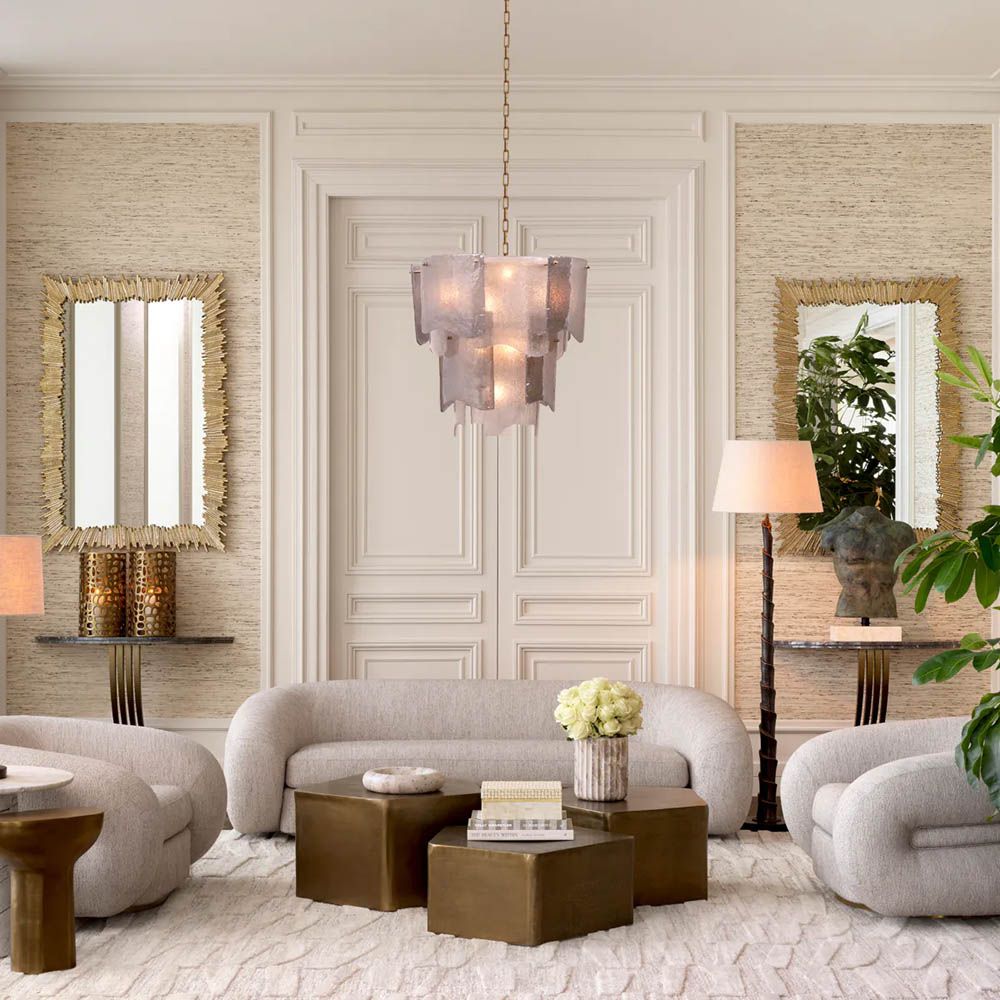In the domain of inside plan, scarcely any components convey the weight and importance that furniture does. Something other than practical pieces, furniture encapsulates the actual embodiment of human innovativeness, craftsmanship, and culture. From the strong oak feasting table that secures family get-togethers to the smooth calfskin couch that welcomes unwinding following a monotonous day, furniture has the surprising skill to change spaces and inspire feelings.

Craftsmanship: Where Workmanship Meets Capability
At the core of each and every remarkable household item lies the creativity and ability of its producer. Craftsmanship, sharpened over hundreds of years, is the foundation of furniture plan. Whether it’s the mind boggling carvings of a Victorian-time seat or the consistent joinery of a cutting edge Scandinavian table, craftsmanship raises furniture from simple items to valued legacies.
During a time overwhelmed by large scale manufacturing and transitory patterns, hand tailored furniture remains as a demonstration of custom and quality. Each piece bears the characteristics of its maker’s hands, saturated with a feeling of legitimacy and respectability that can’t be duplicated by machines. It’s this tender loving care and commitment to greatness that guarantees that fine furniture stays immortal, persevering through ages.
Structure and Capability: Offsetting Excellence with Utility
While feel assume a pivotal part in furniture plan, usefulness is similarly significant. Extraordinary furniture flawlessly weds structure with capability, giving both visual allure and reasonable utility. Each bend, each point, and each material decision is painstakingly considered to guarantee that the eventual outcome looks dazzling as well as fills its expected need immaculately.
From the ergonomic shapes of an office seat intended for solace to the space-saving development of a convertible couch bed, furniture originators constantly push the limits of innovativeness to meet the developing requirements of current living. However, in the midst of this mission for development, there stays a profound love for immortal plan rules that have endured over the extreme long haul.
Materials: The Spirit of Furniture
The selection of materials is maybe the most characterizing part of furniture plan. Whether it’s the glow of regular wood, the advantage of calfskin, or the smoothness of metal and glass, materials have the ability to inspire various feelings and set the vibe for a space.
Reasonable and eco-accommodating materials are turning out to be progressively well known as shoppers try to limit their natural impression. Recovered wood, reused metals, and natural textures are better for the planet as well as add an interesting person to furniture pieces, instilling them with a feeling of history and manageability.
The Profound Association: Past Utility
While furniture fills a reasonable need, its importance Liang & Eimil stretches out a long ways past simple utility. Each piece has a story to tell, whether it’s the loved recollections shared around a family feasting table or the feeling of satisfaction in possessing a high quality show-stopper.
Furniture has the momentous capacity to inspire feelings, to ship us to various environments, and to mirror our characters and tastes. It’s a type of self-articulation, permitting us to organize spaces that reverberate with what our identity is and what we esteem.
End: The Craft of Living
In a world set apart by consistent change and disturbance, furniture stays an enduring anchor, an image of strength and perpetual quality. It’s a substantial articulation of human innovativeness and resourcefulness, a demonstration of our capacity to shape our general surroundings.
As we explore the intricacies of current life, let us not fail to remember the significant effect that furniture has on our everyday encounters. Allow us to praise the craftsmans and fashioners who empty their central cores into making pieces that enhance our lives in additional ways than we can envision. For eventually, furniture isn’t just about occupying a space — it’s tied in with making a home, a safe-haven where we can track down solace, motivation, and delight.
